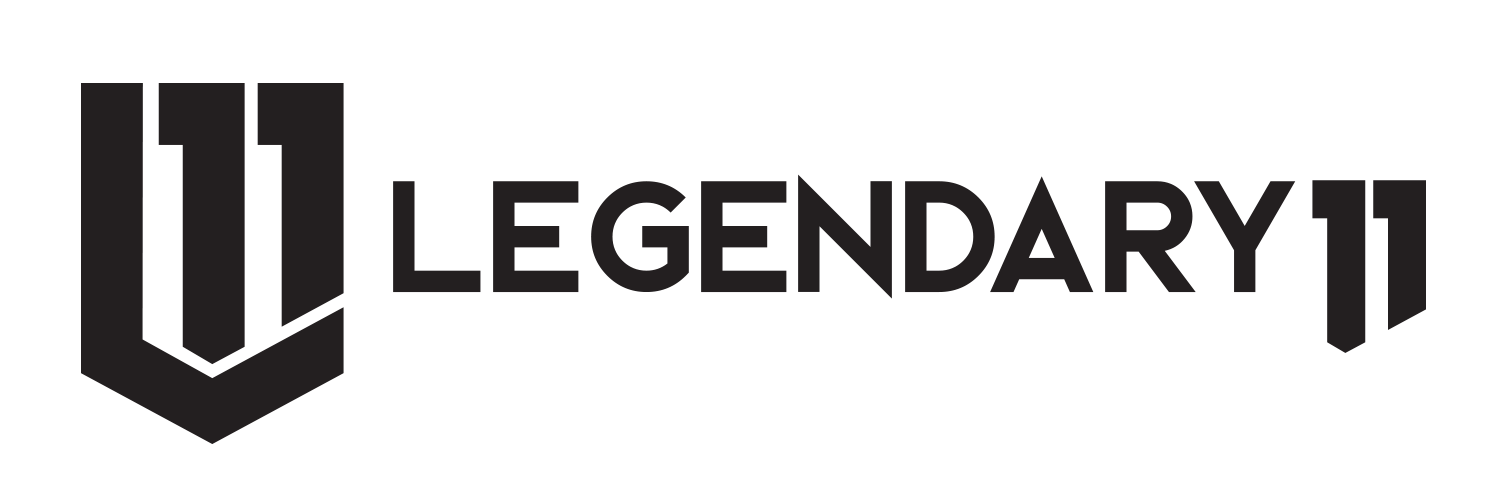Poland’s construction market has emerged as one of the most dynamic sectors in Central Europe, driven by rapid urbanization, government-backed infrastructure projects, and increasing private investments. Cities like Warsaw, Krakow, and Wroclaw are experiencing accelerated urban expansion, requiring residential complexes, office spaces, and commercial developments. The surge in demand for modern housing, particularly in metropolitan regions, has led to significant growth opportunities for developers and construction firms.
Government policies play a pivotal role in shaping the market. Initiatives such as the “National Road Construction Program” and affordable housing schemes have injected capital into the sector. Public-private partnerships are becoming increasingly common, allowing large-scale infrastructure projects, such as highways, bridges, and railway modernization, to progress efficiently. As Poland positions itself as a key economic hub in the EU, investment inflows into construction projects are expected to rise, offering lucrative prospects for both domestic and international players.
Sustainability has become an integral part of the Polish construction industry. With the European Union’s green policies gaining momentum, developers are adopting eco-friendly materials, energy-efficient designs, and innovative construction technologies. Smart building systems, sustainable urban planning, and the use of recycled materials are reshaping the market. Notably, residential projects incorporating solar panels, efficient heating solutions, and green building certifications are increasingly appealing to buyers seeking modern yet environmentally conscious homes.
The commercial construction segment is also witnessing significant growth. Retail spaces, industrial parks, and logistics centers are expanding in response to the e-commerce boom and the country’s strategic position as a distribution hub. International brands are setting up warehouses, shopping complexes, and office spaces, creating demand for advanced construction technologies, high-quality materials, and specialized labor. Companies involved in modular construction and prefabricated components are particularly benefiting from this trend.
However, the market faces challenges that could impact growth. Rising material costs, labor shortages, and regulatory complexities are key concerns for developers. Inflationary pressures on raw materials such as steel, cement, and timber are prompting firms to adopt cost-optimization strategies and explore alternative materials. Additionally, the shortage of skilled construction labor has encouraged the industry to invest in training programs, automation, and digital construction tools to improve productivity.
In conclusion, Poland’s construction market growth is poised for robust growth, fueled by urban expansion, infrastructure development, and sustainability initiatives. While challenges such as rising costs and labor scarcity exist, the sector’s resilience and adaptability make it a promising landscape for investors, developers, and construction service providers. With continuous government support, increasing private investments, and an emphasis on eco-friendly construction practices, Poland is set to reinforce its position as a thriving hub for construction activity in Europe.











Comments (0)